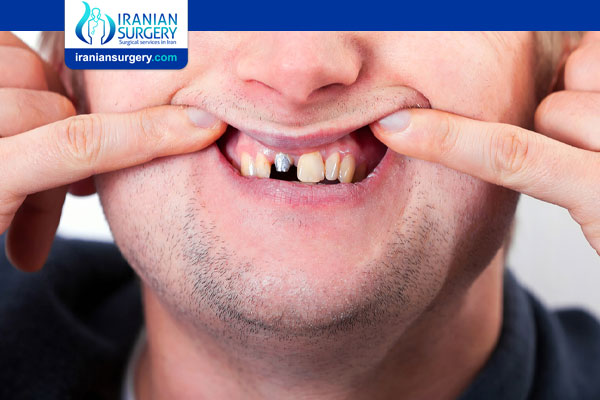Dental implant problems
Early dental implant failure and problems
Problems or complications from dental implant surgery can happen shortly after the procedure or years later. Early dental failure occurs within the first three to four months of the procedure.
Keep in mind that you’ll experience some degree of pain or discomfort after surgery, which you can manage with pain medication. Even so, speak with your surgeon if pain doesn’t improve after five to seven days. It takes between three and six months to completely heal. While pain and swelling are common after surgery, keep an eye out for complications that may develop:
Read more about : Dental implants risks
Read more about : Dental Implant Bleeding
Read more about : Dental Implant Pain Years Later
Read more about : Dental Implants Side Effects
Read more about : Average age for dental implants
Infection at the implant site
An infection can develop during or after surgery. Risk factors for an infection include having an autoimmune disease, smoking, and bad oral hygiene.
Implant micro-movements
Micro-movements of the implant can occur when a dental implant lacks stability, sometimes after an immediate tooth replacement.
Typically, an artificial tooth isn’t attached to an implant until after the jaw bone properly integrates with the implant. But sometimes, a surgeon performs an immediate tooth replacement after implantation. This method requires fewer doctor visits, but it can also put extra stress on the implant and lead to failure.
Insufficient bone support
Early-stage failure can also happen when there isn’t sufficient bone to support a dental implant, yet a surgeon completes the procedure anyway. Without adequate bone, the implant can’t fuse with the jaw.
Allergic reaction
You may develop a reaction if you’re allergic to titanium alloy, a metal in some dental implants. Symptoms of an allergy include swelling, loss of taste, and perhaps a tingling sensation. Mention a titanium allergy to your oral surgeon. You’ll need an implant that contains a different material.
Failure to follow your doctor’s instructions
Your activities and habits have an impact, too. It’s imperative that you follow your surgeon’s post-surgery instructions to lower the risk of complications. You may be instructed to eat soft foods until the implant site heals, practice good oral hygiene, and avoid hard candy.
Late dental implant failure and problems
Dental implant surgery can be an immediate success, with complications not developing until years later. Here are some long-term complications of a dental implant:
. Nerve or tissue damage may occur when a surgeon places an implant too close to a nerve. Signs of damage include numbness or tingling in the tongue, lips, gums, or face.
. Foreign body rejection doesn’t occur often, but can happen. This is when the body rejects an implant. Signs of rejection include increased pain at the implant site, swelling, fever, and chills.
. A dental implant placed in the upper jaw may protrude into the sinus cavity.
. Injury to the area surrounding a dental implant may loosen the implant, resulting in failure.
To minimize the likelihood of long-term problems, continue to practice good hygiene and keep your mouth, implants, and gums healthy. Brush and floss at least twice a day, rinse your mouth with mouthwash, and see a dentist for routine checkups.
What are signs of dental implant failure?
If you have early or late-stage dental implant failure, signs of a complication include:
. difficulty chewing
. gum inflammation
. gum recession
. increased swelling
. loosening of an implant or a replaced tooth
. severe pain or discomfort
Source:
https://www.healthline.com/health/dental-implant-problems#late-problems


